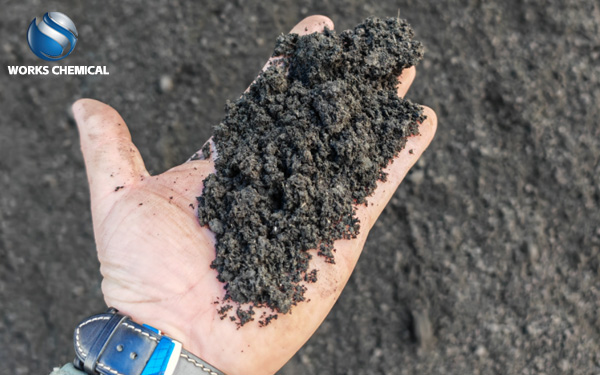
For the common pain points of plate and frame sludge dewatering, the following are some effective solutions:

One. Dehydration difficulties caused by sludge properties
Chemical conditioning:
Add chemical conditioning agents to the sludge, such as sludge dehydrating agents (including inorganic compounds, sludge surface structure modifier, degreaser, wall breaking agent, sludge surface treatment agent, sludge stripping agent, etc.) to change the surface structure and physical and chemical properties of the sludge.
These chemicals can reduce the load and specific surface area of the solid surface of the sludge, destroy the bacterial structure, thereby reducing the surface activity and adhesion of the sludge, and improve the dewatering performance of the sludge.
Biological pretreatment:
The sludge was pretreated by microorganisms, the organic matter in the sludge was decomposed, and the viscosity and moisture content of the sludge were reduced.
For example, the use of biological enzyme treatment technology, by adding specific enzyme preparations, promote the breaking of microbial cells in the sludge, release the water in the cell, while degrading the macromolecular organic matter in the sludge, improve the dewatering performance of the sludge.
Two, for equipment operation and maintenance problems
Optimize equipment operating parameters:
According to the nature of the sludge and the actual operation, reasonably adjust the parameters of the dewatering equipment, such as pressure, speed, etc., in order to improve the dewatering efficiency and mud cake quality.
In the plate and frame filter press, ensure that the pressure setting can effectively squeeze the sludge without causing damage to the filter cloth or damage to the equipment.
Strengthen equipment maintenance and maintenance:
Perform regular performance testing and evaluation of the equipment to ensure that the equipment is operating in optimal condition.
Develop a strict equipment cleaning plan, regularly clean the filter cloth or filter screen of the dehydration equipment, remove the blockage, and maintain the smooth and efficient operation of the equipment.
Regularly check the wear of the filter cloth and filter plate, and replace or repair it in time to prevent poor dehydration or equipment failure caused by wear.
Update and upgrade equipment:
Consider the use of new dehydration technology or equipment, such as stacked sludge dewatering machine, high pressure filter press, etc., to improve dehydration efficiency and reduce energy consumption costs.
For aging equipment parts, such as bearings, gears, etc., to be replaced or repaired in time to ensure the stable operation of the equipment.
Three, for energy consumption and cost issues
Reduce energy consumption:
Reduce energy consumption by optimizing the dehydration process and parameter Settings, such as adjusting the drying temperature, wind speed, residence time, etc.
Adopt energy-saving dehydration equipment and technology, such as ultra-high pressure automatic plate and frame filter press, to improve dehydration efficiency and reduce energy consumption.
Reduce maintenance costs:
By strengthening the maintenance and maintenance of the equipment, extend the service life of the equipment, reduce the frequency and cost of spare parts replacement.
Perform regular equipment overhaul and preventive maintenance to detect and deal with potential faults in a timely manner to avoid downtime and increased maintenance costs caused by equipment failures.
Four, for operation and maintenance complexity
Simplify the operation process:
Through training operators, improve their professional knowledge and skills, so that they can master the operation process and precautions of the equipment.
Optimize the operation interface and control system of the device, make it more intuitive, easy to use and intelligent, and reduce the difficulty and complexity of operation.
Strengthen equipment monitoring and management:
Establish a sound equipment monitoring and management system to monitor the operating status and performance parameters of equipment in real time.
Through data analysis and technical support, timely detection and processing of equipment faults and anomalies to ensure stable operation and efficient dehydration of equipment.
In summary, in view of the common pain points of plate and frame sludge dehydration, it can be solved from the aspects of chemical conditioning, biological pretreatment, optimization of equipment operating parameters, strengthening equipment maintenance and maintenance, updating and upgrading equipment, reducing energy consumption and cost, simplifying operation process and strengthening equipment monitoring and management. The implementation of these measures will help improve the efficiency and effect of sludge dewatering, reduce operating costs and maintenance costs, and provide strong support for the sustainable development of the sludge treatment industry.